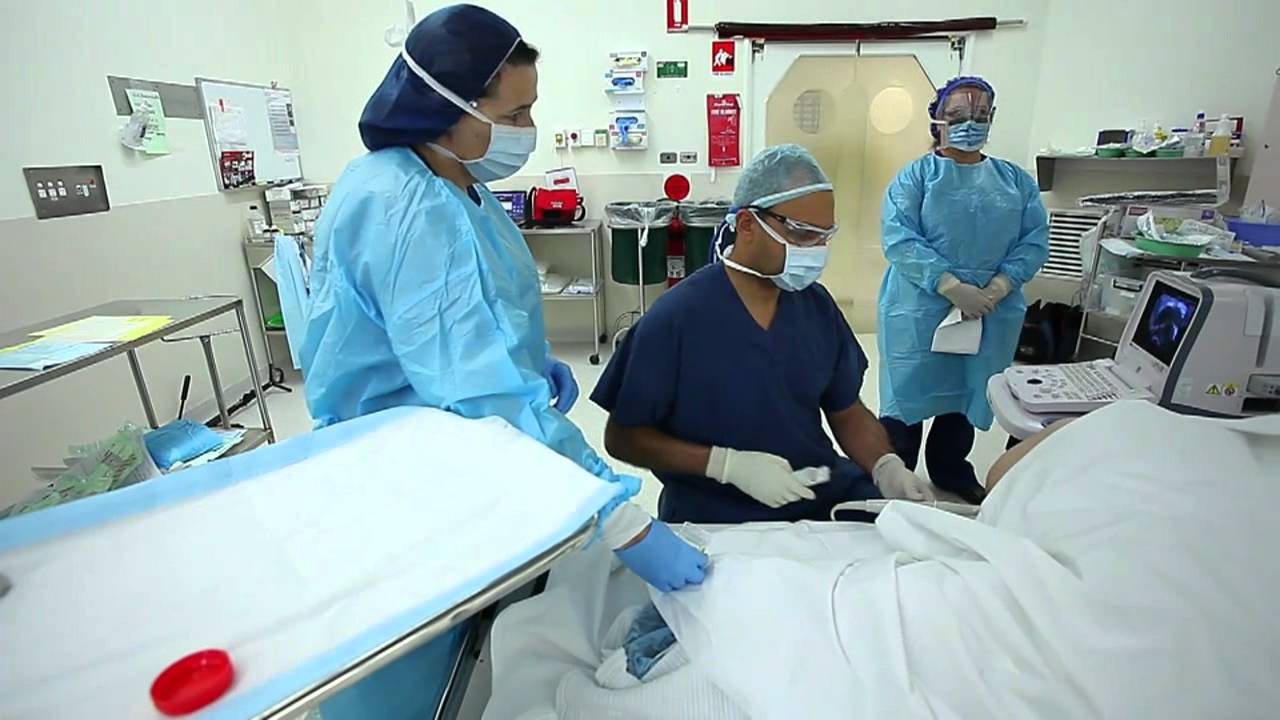A prostate biopsy is an examination in which soft, hollow needle-like samples are taken from a person’s prostate gland for analysis to detect the existence of prostate cancer in its early stage. It is usually carried out if the result from a PSA test is positive. Sometimes, a biopsy may be carried out in cases where there is no definite diagnosis and when a person feels that he/she might have some of the symptoms of prostate cancer.
The procedure takes about one hour and involves a local anesthetic and the use of a speculum. Sometimes, a local anesthetic may be used as well. The doctor will insert the needle into a possible cancerous growth using special instruments. Sometimes, the doctor will look into the urine to check for normal functions of the urinary system. If any abnormal findings are detected, then further tests will be performed.
The sample of the lining of the prostate (called a biopsy) is taken and sent to the lab for analysis. The doctor will use the samples for looking at what is inside the two chambers of the prostate – the inflamed gland and the smooth gland. Some additional tests may also be done on these samples to confirm if cancer is present.
An incision is made in the groin and the doctor inserts a gloved needle through it to get a sample of the urine. Sometimes, only the urethra is affected and no sample is taken from the testis or vas deferens. After a small amount of urine is collected, the speculum is removed and the area is cleaned. Antiseptic wipes are used to clean the instruments and they may not be replaced with a new one. An incision is made and the doctor places a urethra tube on the sample to drain it.
The doctor then takes the collected sample for examination under a microscope. If a tumor is found, then you will see it clearly on a slide. If the tumor is malignant, then it will show up as a mass on the slide and a description will also be written. Most of the time, the surgeon closes the incision by stapling the vas deferens so that no urine leaks out during the procedure.
What is a prostate biopsy? It is a routine procedure that is usually included in a normal examination of a male’s reproductive health. The doctor can also order other tests, if he feels that the specimen from the biopsies is sufficient to determine whether prostate cancer is present or not.
During the procedure, the doctor collects approximately one ounce of tissue from the prostate gland using an endoscope. The tissue is then sent to the lab for analysis. The procedure usually takes approximately one to two hours and does not require more than ten minutes for surgery. The doctor removes about one ounce of tissue each time for biopsies.
Once the samples are analyzed at the lab, the doctor will make his diagnosis. If he finds that the samples do not show evidence of cancer, then the tumor is benign. On the other hand, if there is reasonable evidence of tumor growth, then the cancer is malignant. For these reasons, the procedure is often done as a follow-up to a previous prostate biopsy. The samples from the previous biopsy are then used to perform the follow-up.
What is a digital rectal exam? This procedure evaluates the status of the prostate glands through the use of a digital rectal exam, known as a digital rectal examination (DRE). This process is typically conducted on men who are undergoing frequent checkups to monitor their health. The digital rectal exam is designed to detect and record changes in the size, shape, location, and texture of the prostate gland. These changes are compared with the patient’s history and medical history. It is typically performed in a doctor’s office.
What is a semen analysis? This is a semen sample that contains a large amount of sperm. Semen analysis can be used to discover if there is any occurrence of abnormal bleeding in the seminal fluid, blood, or semen. It can also detect and evaluate any abnormalities in the ejaculate such as the presence of polyps or fibroids.
What is a prostate biopsy and semen analysis? If a healthcare provider suspects any type of abnormal bleeding from the prostate gland or if he/she notices any type of discharge from the reproductive organ, he or she may decide to have one of these procedures. A healthcare provider can conduct any of these procedures by himself or herself at home. However, it is still recommended to have any abnormal findings or conditions checked by a certified physician or doctor.
Source:
